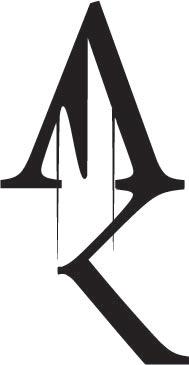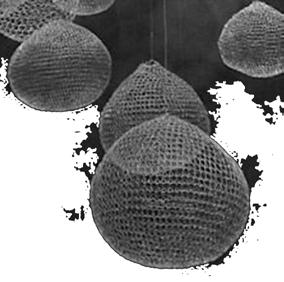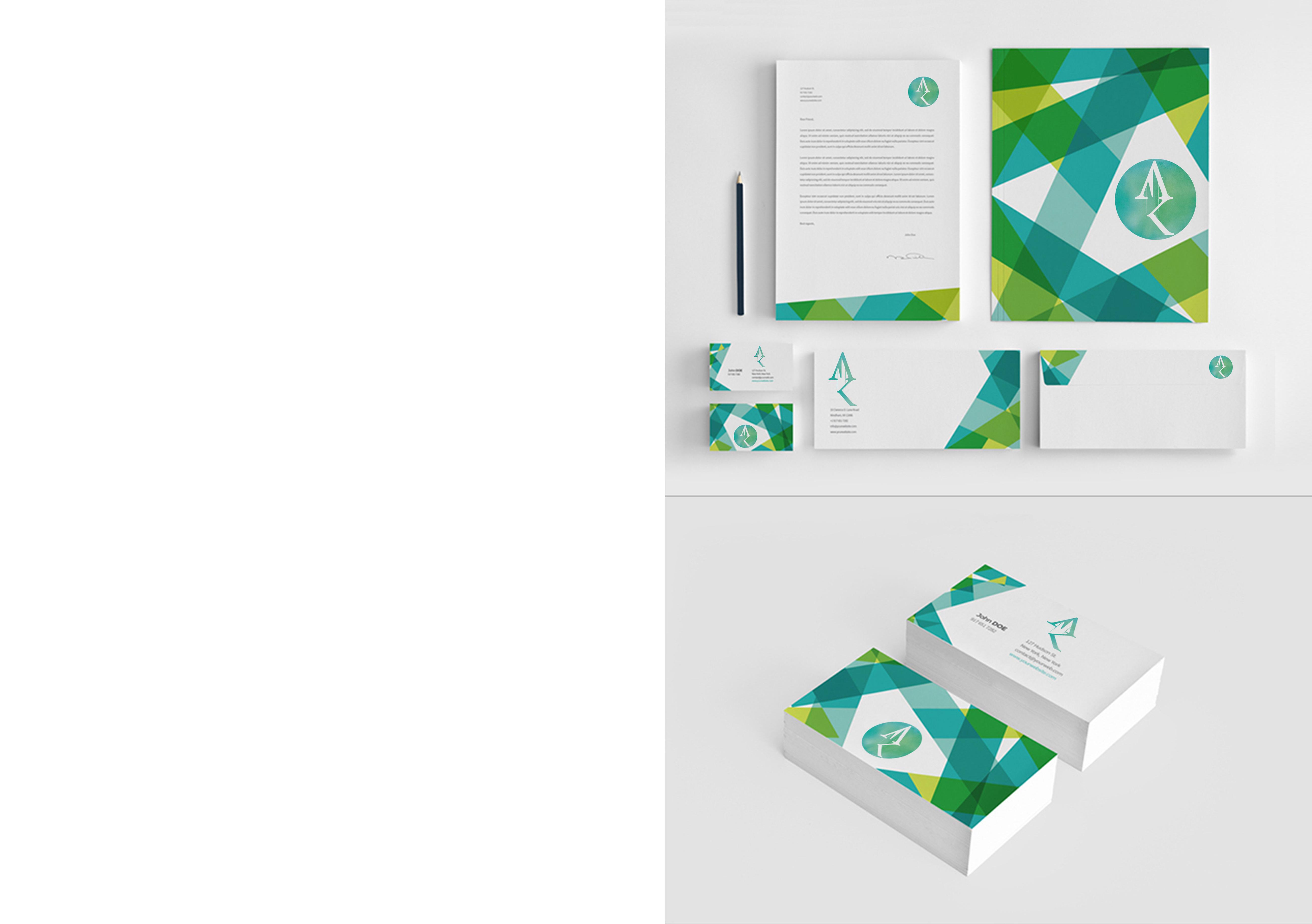
MASTER OF ARCHITECTURE PORTFOLIO 2 1 5 The University of Western Australia ALIA KHALID
ALIA KHALID

1|AN INTERNATIONAL SCHOOL

In Sear ch of An Innovative Learning Environment
2|THE CITY KIT
Rapid Development Health Facilities For R efugees
3|REHABILITATION CENTRE
R egional Health Campus Le Port, Reunion Island
4|AUSTRALIAN PAVILION
For The W orld Expo 2015, Milan
5|PUBLIC SHELTER
Peace Memorial Rose Garden, Nedlands
6|ARCHITECTURAL STUDIES
R e-Imagining Healthy Remote Aboriginal and Torres Strait Islander Design
7|PUBLICATION


Personal Identification
8|RESEARCH SEMINAR
Spaces for Childr en on the Autism Spectrum : The Curr ent Knowledge and its Application

CONTENT
AN INTERNATIONAL SCHOOL
In search of an innovative learning environment
FINAL SEMESTER 2015
ST
HIGHWAY
The proposal was to design an international school with teaching facilities for 150 overseas students, including livein accommodation for 30 students. A particular focus of the studio involved initial reseach into what constitutes a successful and stimulating learning environment, as well as an experimentation into creative alternatives to current school sdesign.

The site is the north-western portion of land on which the current Archithecture, Landscape and Visual Arts (UWA) building is located; Adjacent to Gordon St and Clifton St, Nedlands.
The research for this project is learning through play. Play is essential part of early learning. It is the lifeblood of the learning process. As children play they are developing the cognitive, socio-emotional and physical skills which they will need to take into their successful adulthood. They are developing their curiosity, problem solving, intentionality, flexibility, and verbal and non verbal skills. Socio-emotionally they are developing their emotional intelligence - learning confidence, cooperation, negotiation, sharing, empathy and how to communicate appropriately. Physically their fine motor and gross motor skills are being practiced and developed. It’s not “just play” they are skills for life!
In terms of the actual design process, to break down the building scale I played with the grid orientation of the site and the north-south axis to create angular spaces. These angular shape is to break free from the normal block shape of a school. By having angular shape it create negative spaces that could be turn out into a multi functional space.
To respond to the goal of the project, the school philosophy embraces a broad spectrum of learning styles (accomodating everything from multi-class gathering to independent study. Moreover as an international school, the possibilty of a student to register in the middle of term is very common. Therefore I believed that the syllabus of their studies should be flexible enough that the new comers would not be laid back before they could pick up on their learnings. I believe that it is similar to the building design situation. There has been a clear trend in school designs becoming more flexible and adaptable for changing demographic and classrooms needs.
In this design, there are 5 flexible learning zone;
Discovery zone where the student could pick a spot anywhere in the building to sit and to do their research. Such as on a secluded balcony on every level, or by sitting in the corridor’s bench or for more privacy and quite time there are two levels of a hiding spot in the ramp.
Show off zone, where the student could display their artworks, along the double volume bridge, the formal gallery, or the court yards.
Free movement zone. Most of the rooms are design to connect with each other by a turnable wall panels. This could help to enlarge the space to cater a bigger number of students at one time. More over within the learning zone, the fast way to reach each level is by the ramp. The special design of this building is the playroom on the thetre, which act as a hub of the school. That is the place where students could practically have fun playing climbs or hide in the corner with a book to read or just sit and enjoy the company of their friends.
Creating zone. There are many spaces that are multi functional, or its pupose is to cater any spil-out situation. Beside the art room there is a courtyard that they could work in when the art project is too big to be indoor. There is roof garden for the kindergarten children to play, the play room on the theatre and the gallery at the entrance.
Discussion and thinking zone, there are clasess that is purposely design like the traditional classroom, which it has been working well to have serious discussion.
“ We don’t stop playing because we grow old, we grow old because we stop playing.”
- George Bernard Shaw
LOCATION PLAN KEY PLAN
GORDON
STIRLING
HAMPDEN ROAD
CLIFTON ST





REHABILITATION CENTRE

Regional Health Campus Le Port, Reunion Island SUMMER SCHOOL 2014



AUSTRALIAN PAVILION
For the world expo 2015, Milan

DESIGN STUDIO 2013
The Australian Pavilion 2015 will be held in Milan, Itlay. This pavilion will be promoting coffee culture in Australia. Australia love their coffee and it would be fair to say that it would be a daily ritual for most of them. Promoting coffee in the pavilion could also act as a diplomatic link between Australia and Italy. The concept of this expo is ‘Coffee Break’ which could be relate the International Expo Milano 2015 theme; Feeding the planet, Energy for LIfe.



RESEARCH SEMINAR
Spaces for Children on the Autism Spectrum: The Current Knowledge and Its Application
I always believe that it is an architect’s duty to provide a better built environment for the community. Architecture as a profession, is responsible for creating environments that accommodate the needs of all types of users. Special needs individuals should not be exempt from such accommodation. This paper would like to study on children with Autism Spectrum Disorders (ASD) and the current knowledge on autism design. Many articles have been written in order to have a better understanding of this disorder, many defin tions and theories have been set forth in regards the mechanisms of autism. It is important to assist children with ASD, as it could develop the child’s ability to function independently in all aspects in life. Architects have written in their journals on the development of a preliminary framework of architectural design guidelines for autism. For e.g both Iain Scott and Christopher Beaver wrote in their journal the importance of minimising sensory environment - through muted colours, natural materials, good acoustics, simple shapes and layout, natural lighting, etc. The methodology of this research is to do a case study at the Child Study Centre, UWA. will be interviewing one of the special need teacher Natalia Anderson, who manages a class room called the ‘Sunshine Room’. I will seek her views on autism design space and experiences dealing with children with autism in her respective classroom. I will also interview a PhD candidates and a provisional psychologist, Safiyyah Abdul Aziz at the Child Study Center, who links under the school of Psychology. I will seek her views on autism design space and experiences dealing with children with autism during her testing session, in the test room. The outcome of this research, is to discussed whether the experience and the views of these professionals on autism design space could relate to the guidelines written by architects such Iain Scott and Magda Mostafa. Children are the future generations of the world, including the children with ASD. I believe with further research and testing of the guidelines, will benefit not only those with special needs, but all user types, making architecture more genuinely responsive to all range of needs.

ELECTIVE UNIT 2013

























 Peace Memorial Rose Garden , Nedlands
Peace Memorial Rose Garden , Nedlands


